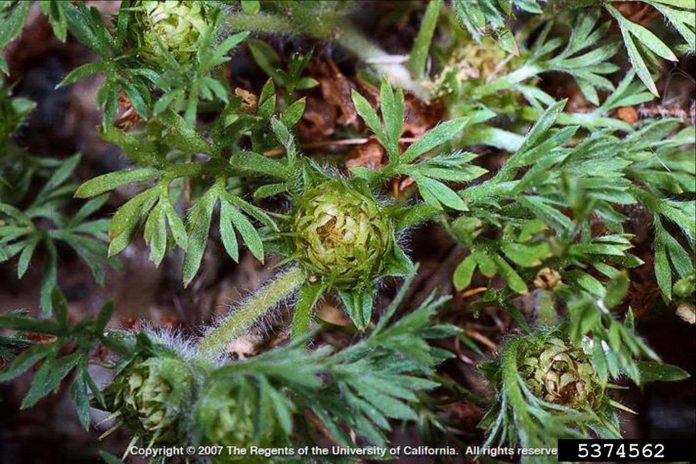In the winter months, we look forward to the days we can go barefoot on the lawn. However, lawn burweed is a pesky, painful weed that will cause us to put those shoes back on in a hurry. The drought that plagued Alabama this past summer all but ensures that burweed is something to be on the lookout for this season. This low-growing plant hides out in many lawns until it makes its presence known with a painful prick.
“Lawn burweed is a winter annual that germinates throughout thin turf in the fall months after temperatures cool,” said Bethany O’Rear, an Alabama Extension home grounds, gardens and home pests regional agent.
Though the pest is small and hardly noticeable in the winter, it initiates a period of rapid growth in the early spring as temperatures being to get warmer. During this time, the plant begins to form spine-tipped burs containing the seed at the base of each leaf.
There are some control methods homeowners can use to keep burweed out of their lawns, but you need to act soon. According to O’Rear, between November and February is the best time of year to apply a post-emergent product to control burweed in lawns. Applications made during this time period will help control this painful weed.
“Because lawn burweed is a winter annual, it will begin to succumb to the warmer temperatures in the early summer,” she said. “However, the spines will have already formed and will remain after the weed withers and dies.”
Homeowners can mow areas with these lawn burweed spines at a low height and bag the seeds. This is sure to offer some relief to a lawn.
O’Rear said once the weed has reached a more mature state, it will likely require multiple herbicide applications. Multiple applications increase the potential for turf grass injury.
For more information about controlling lawn burweed, contact the Cullman County Extension office or visit www.aces.edu.






























